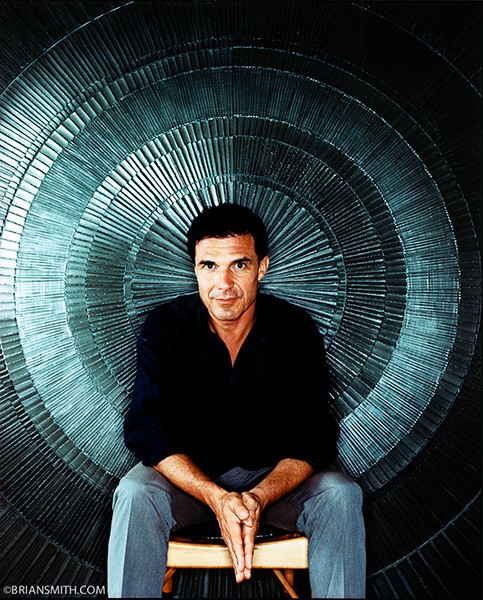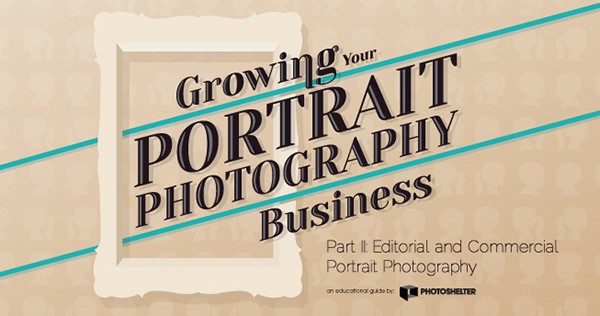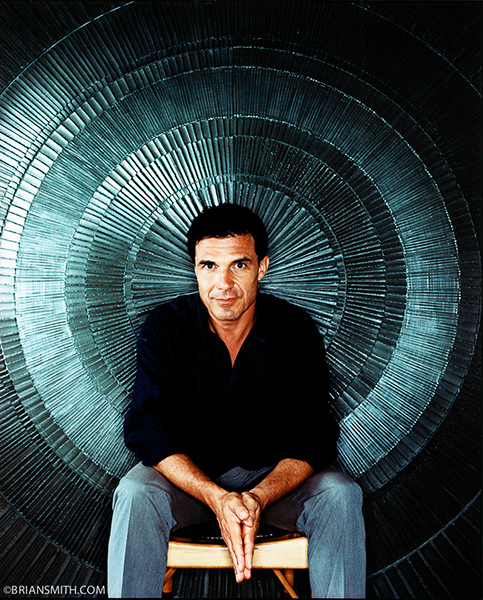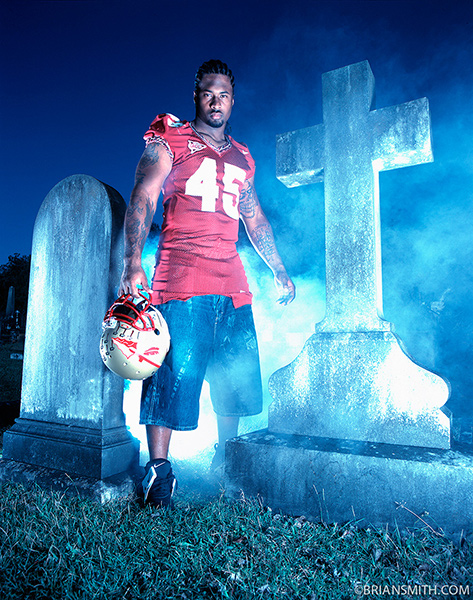Share
6 Secrets to Great Portrait Lighting from Brian Smith
For our guide, Growing Your Portrait Photography Business Part 2: Editorial and Commercial Photography, we talked to celebrity portrait photogr...

For our guide, Growing Your Portrait Photography Business Part 2: Editorial and Commercial Photography, we talked to celebrity portrait photographer Brian Smith, who’s been shooting celebrities for 30 years. From Bill Gates to Anne Hathaway, Brian’s subjects are epic, and so are his accolades.
How does Brian consistently produce amazing portraits? Besides being a dedicated people-person, a quick-thinker and above all, punctual, Brian knows how to make magic happen with light. Here, we gathered his six tips on lighting portraits from Part 2 of the Growing Your Portrait Photography Business Guide.
1. Let what you want to say set the mood
Think aesthetically about what you want the photo to say, says Brian, then let your lighting be dictated by that. Brian doesn’t wait for the right light, nor can he always ask that his high profile subjects be available on a certain day at the golden hour just before sunset. That’s why when he walks into a shoot at any time of day, he asks himself, “what lighting do I wish I had walked into?” From the idea or the feeling that you wish your environment provided you can start to “build” your own daylight, he told an audience gathered at B&H photo.
2. Start with the key light
In an interview with Advanced Photography, Brian notes when it’s time to position the lights to create the mood, always start with the key light.
“That’s always where I start and where some people go wrong with filling bad light instead of moving or aiming the light where it looks best and sometimes this comes down to just a few inches or a few degrees. When you’ve got the key right and you still want to open the shadow—then is the time to fill. Same can be said for kickers and accent lights. Light with a purpose—have a reason for every light you use.”
3. Don’t be afraid of contrast
Brian is a proponent of contrast, “warm and cold, dark and light; everything you can do to bring out opposites.” But he also knows how to work with what he’s got. If it’s a strong sun he might put it directly behind a subject. And he’s always looking for inspiration from nature in order to emulate what he sees.
4. Move your lights like f-stops
You can move a light closer or farther from a subject, just like F-stops, in order to control the strength of the light you’re working with. Brian works by blending “artificial” and ambient light. He described lighting a boxer with the key light 10 feet away from the subjects and 20 from the background. “It’s just like F stops on the camera. The subject is half the distance to the background which drops the exposure like I’m burning the background two stops,” he told the audience at B&H.
5. Create the mood
In order to create the right atmosphere Brian uses gels for his strobes and adjusts the white balance to compensate for warm or cold tones he’s after.
When Brian shot a photo of a football player looking like he walked off the set of Michael Jackson’s, “Thriller”—dark bluish-black sky, eerie purple blue light and heavy shadows on the subject—it was 3:00pm in the afternoon in October, in Florida. How did he do it? He found a bit of shade under a tree and then he set about completely overpowering the ambient light using strobe. His camera was set to ISO 100, 1/250, F22; and to get that bluish cast he set the white balance to tungsten.
6. Sell clients on your vision
It can be very hard to describe to your subject what it is you have in mind, especially when you’re speaking from the experience of seeing what will translate to the photo. Remember to be patient, and as Brian Smith says, sell them visually—show them what it is you want to do, either by bringing an iPad with examples they can see or by asking to take a few “test” shots that you can then show to the subject. If they’re still not buying the idea, don’t push it. But never be afraid to ask and to try.
For more tips from successful commercial and editorial portrait photographers, download your own copy of the guide.







